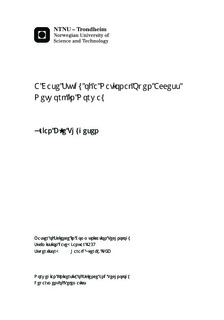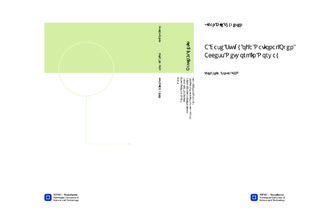| dc.description.abstract | Due to changes in the problem description during the work on this thesis, a more precise title to this thesis would be: "A Comparative Study of The Internet Access Markets in Norway and Sweden - Open Access Networks versus Vertical Closed Networks. This thesis conducts a comparative study on the Norwegian and Swedish Internet access market. Access fiber networks in Norway are vertical closed networks, while the majority of Swedish fiber networks are open access networks. Somewhat simplified, a vertical closed network is a network where a single provider has a monopoly on service delivery to end users. An open access network is a network where the network owner opens up for service delivery from other providers. Further, Norway and Sweden are well suited to compare because of their many similarities. The national price level, geography and population density is relatively equal.
This thesis has gathered data on coverage, penetration, prices and government support for development of fixed broadband access in Norway and Sweden. By using these figures this thesis is attempting to explain the effects the different business models have on coverage, penetration and prices in Norway and Sweden. Furthermore the goal of the thesis is also to say something about what these two very different models brings compared with each other on a general basis.
In summary this thesis' findings is the following:
- The overlap of HFC and fiber networks, and the high new entry cost in Sweden are significant factors in terms of the lower penetration of the aforementioned access technologies in Sweden compared to Norway;
- OAN business models causes lower subscription prices and existing entry costs compared with vertical closed network business models;
- Vertical closed network business models causes lower new entry costs compared to OAN business models;
- Vertical closed network business models and limited government intervention secures demand driven fiber rollout;
- In the fiber market a Swedish end user will, with its far lower monthly subscription price than a Norwegian, quickly equalize the benefit the Norwegian end users achieves with its low new entry cost. | |

